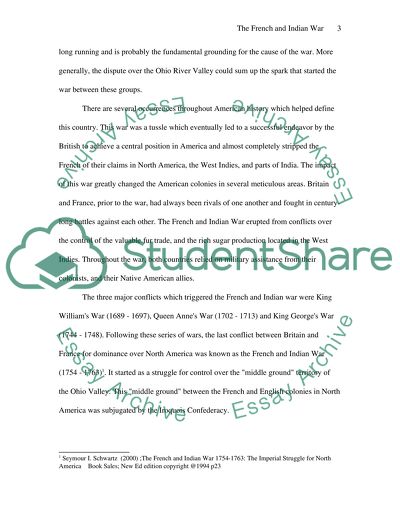Cite this document
(“The French and Indian War Essay Example | Topics and Well Written Essays - 2500 words”, n.d.)
The French and Indian War Essay Example | Topics and Well Written Essays - 2500 words. Retrieved from https://studentshare.org/miscellaneous/1502649-the-french-and-indian-war
The French and Indian War Essay Example | Topics and Well Written Essays - 2500 words. Retrieved from https://studentshare.org/miscellaneous/1502649-the-french-and-indian-war
(The French and Indian War Essay Example | Topics and Well Written Essays - 2500 Words)
The French and Indian War Essay Example | Topics and Well Written Essays - 2500 Words. https://studentshare.org/miscellaneous/1502649-the-french-and-indian-war.
The French and Indian War Essay Example | Topics and Well Written Essays - 2500 Words. https://studentshare.org/miscellaneous/1502649-the-french-and-indian-war.
“The French and Indian War Essay Example | Topics and Well Written Essays - 2500 Words”, n.d. https://studentshare.org/miscellaneous/1502649-the-french-and-indian-war.


